| Ready to read the latest tales of life as a Hoosier hunter? The 2023-24 Hunting & Trapping Guide is out now, and it goes “nuts.” Learn all the tips and tricks of hunting squirrels and find the best new recipe for your harvest. Of course, the guide also lists information about hunting and trapping all other legal species. Find your own print copy for free at local retailers and at the DNR Building at the State Fair.
Looking for more online resources? Our squirrel hunting webpage will also help prepare you for your upcoming hunt.
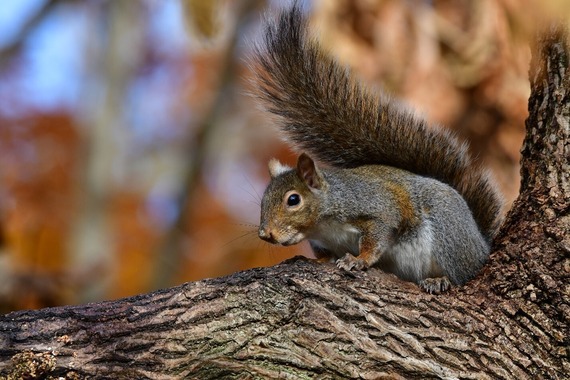
It’s time to go squirrel hunting
Get your hunting gear on! You can enjoy squirrel season whether you’re an experienced hunter or a novice. The season opens statewide Aug. 15 and runs through Jan. 31, 2024. To find squirrels, go to areas where there are oak, hickory, and walnut trees.
For more squirrel hunting tips, visit our squirrel webpage.
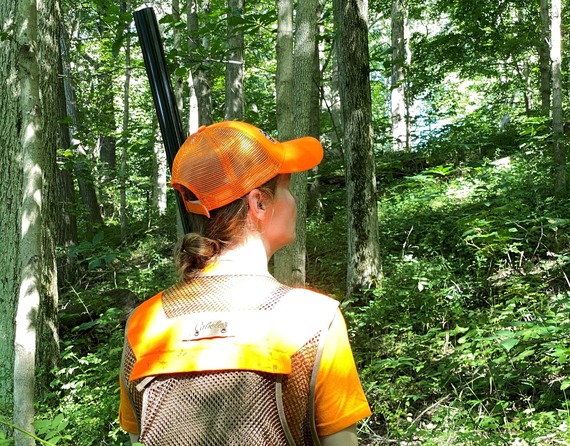
Reserved hunt applications open
A variety of reserved hunts for dove, deer, squirrel, and waterfowl, as well as youth hunts are currently taking applications. To enter in the public drawing for any of them, you must have a valid hunting license and email address.
Applications close Aug. 6. New hunts will be open Aug. 20.
Hunts closing soon:
- Dove (FWA hunts)
- Deer Archery (NWR and IPLA hunts)
- Deer Firearms (NWR hunts)
- Deer Primitive Muzzleloader (NWR hunts)
- Youth Deer (NWR and IPLA hunts)
- Squirrel (IPLA hunts)
- Teal & Early Goose (IPLA hunts)
Hunts opening Aug. 20:
- Waterfowl (FWA and IPLA hunts)
- Deer (FWA, IPLA and State Park hunts)
- Pheasant (GBA and IPLA hunts)
- Youth Pheasant (GBA hunts)
Fish & Wildlife Area: FWA
Game Bird Area: GBA
Indiana Private Lands Access Program: IPLA
National Wildlife Refuge: NWR

Report turkey brood observations until Aug. 31
Be a tortoise, not a hare, and keep your turkey brood observations steady. As we arrive at the halfway point of the turkey brood survey, we’re at 1,528 observations. To reach our goal of 3,000, we need your help.
If you’ve already contributed an observation this year, thank you, and please keep reporting. Haven’t submitted yet? Sharing observations of turkey hens with and without poults (young turkeys) is fast and provides meaningful data for DNR to track and manage populations around the state. (We recommend starting a wild turkey brood challenge with your family and friends to see who can be crowned the reporting champion).
DNR appreciates your help supporting wild turkey populations in Indiana.
Photo courtesy of USFWS.
More walleye and saugeye stocked across Indiana
Spawning operations to collect eggs at Brookville Lake this spring produced more than 24.5 million walleye and 81,181 saugeye that were stocked into Indiana waters from late April to June. Stocked locations include bodies of water in the following counties: Starke, Franklin, Union, Wabash, Brown, Monroe, Orange, Dubois, Crawford, White, Owen, Putnam, Marshall, Kosciusko, Delaware, Henry, Carroll, Hamilton, and Sullivan.
Walleye are named for their large, opaque eyes that help them see at night. The skill involved in catching walleye and their tender, flaky meat make them a popular target for anglers. In the heat of August, walleye seek cooler, deeper water. At dawn and dusk, they often swim into shallower water to feed, so many anglers fish for them at night.
Additional walleye raised in Indiana’s state fish hatcheries will be stocked in the fall. Be sure to buy your fishing license so you can join in on the fishing fun. DNR appreciates your license purchase, as the funds help pay for these stocking efforts.
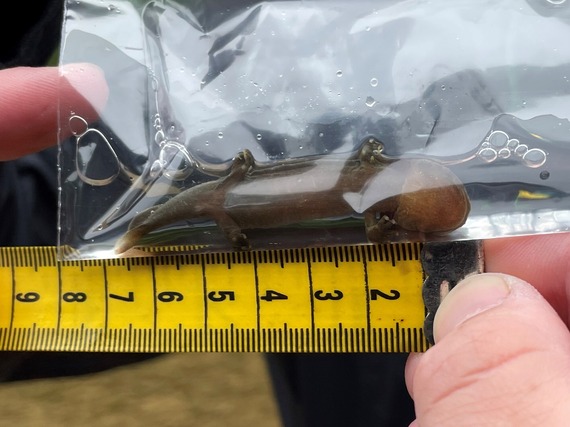
Researchers discover Young Hellbender in Blue River
Biologists recently documented a very young hellbender salamander, a gilled larva, during their surveys in the Blue River. Over the past three to four decades, only adult hellbenders have been documented in the Blue River. This discovery is significant because the presence of a young salamander suggests that our state’s conservation efforts and rearing programs are achieving recovery efforts for this endangered species!
The hellbender (Cryptobranchus alleganiensis) is a large, fully aquatic salamander that plays an important role in our aquatic ecosystems. Their statewide decline has been documented as far back as the early-to-mid 1900s because of habitat loss and poor water quality.
The Indiana Hellbender Partnership is a collaboration between the Indiana DNR and Purdue University with funding support from the Indiana DNR Nongame Wildlife Fund, U.S. Fish & Wildlife Service, and partners in local governments, universities, non-governmental organizations, and zoos that are working to recover the state-endangered hellbender. We’re grateful for our partnerships and this wonderful milestone!
In the event anglers accidentally hook a hellbender, they are reminded to cut the line, let the salamander go unharmed and report the sighting to a natural resource professional.
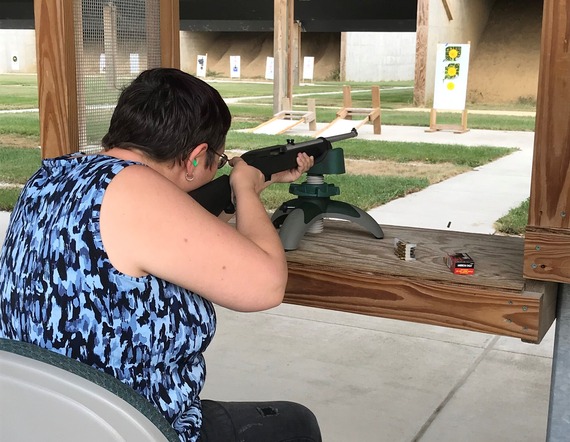
#LetsGoShooting: Celebrate National Shooting Sports Month
August is National Shooting Sports Month, so plan to visit a shooting range near you to have a “fire” celebration. The Division of Fish & Wildlife offers many types of shooting ranges with shotgun, handgun, rifle options, and skeet. Visit one or more and introduce your family and friends to your favorite sport.
Remember, as a target shooter, you play a pivotal role in supporting shooting sports recreation and funding wildlife management and habitat conservation in Indiana.
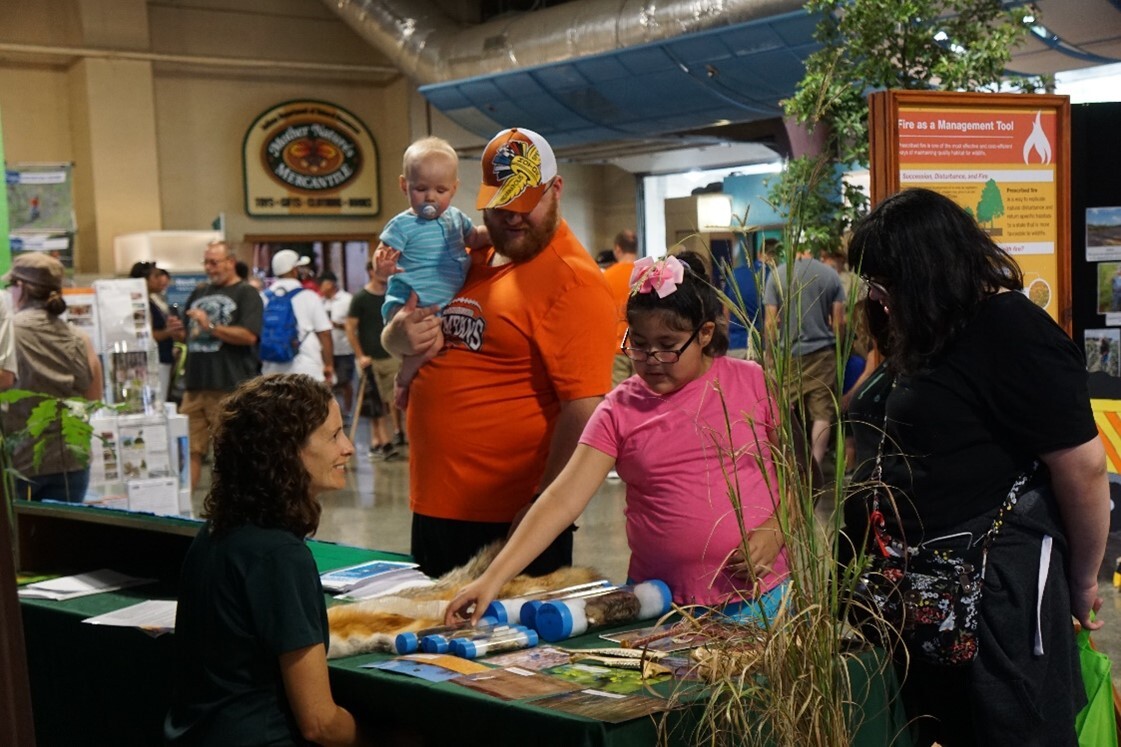
We’re at the State Fair—Are you?
DNR will be at the State Fair with fun and educational events until Aug. 20 (closed Mondays and Tuesdays). Event highlights include a kayak fishing demonstration, question-and-answer sessions with biologists, and tours of the native plants that surround the building. Make sure to also check out the fish and butterfly exhibits.
The Fishin’ Pond will be open for kids 5-17 years old the first day of the fair, then every Thursday, Saturday, and Sunday 10 a.m. – 1 p.m. and 4 p.m. – 7 p.m. DNR staff will also be at Pathway to Water Quality on Aug. 10 to talk about water quality and watersheds. We hope to see you there!
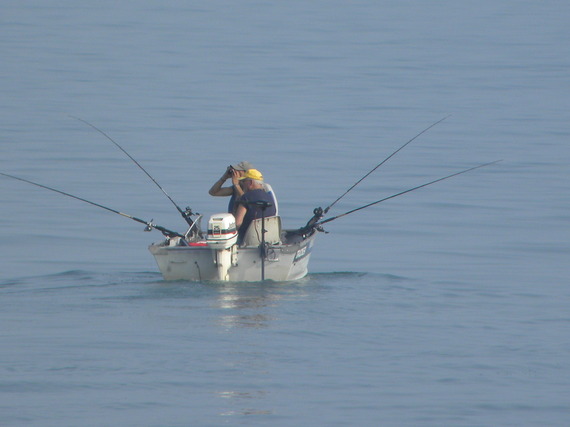
See a surveyor? Say hi!
Did you know that DNR conducts angler creel surveys? Creel surveyors talk to anglers and ask them about their catches, releases, and time spent fishing. Along with fishing license sales, this information helps DNR manage state fisheries for fantastic angling opportunities and experiences. To learn more about current fishing conditions around the state, see our detailed online fishing reports.
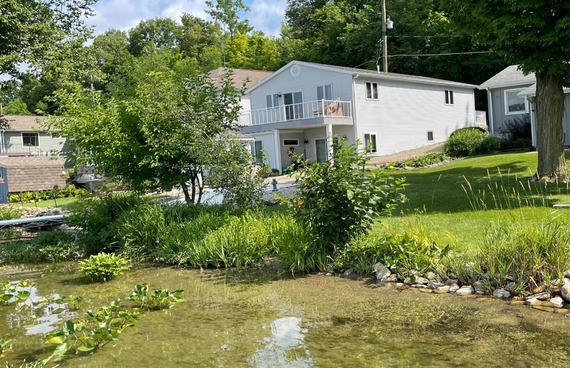
Native plants are a ‘shore’ bet
The shoreline is one of the most important components of a lakefront property. If you’re looking for a way to maintain a beautiful shoreline that also thrives in your local climate, use native plants.
Native plants offer several benefits over non-natives. Because they’re more likely to thrive in your area, they’ll require less maintenance. They’re also better for the environment, improving water quality by filtering pollutants and sediment, and providing habitat for nearby fish and wildlife. Native plant species can range from densely rooted grasses to vibrant flowering forbs and privacy-friendly bushes. They can be installed into existing shorelines or an upland landscaped buffer behind a seawall.
Want to learn what native plants are right for your property? Email the Division of Fish & Wildlife’s Lakes Permitting Biologist, Nate Thomas, nthomas@dnr.IN.gov.
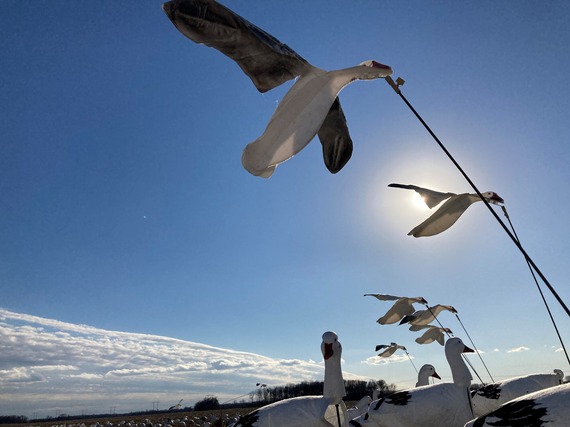
Be HIP: Get HIP-registered
Before the season begins, remember: you need a Harvest Information Program (HIP) number to hunt migratory game birds in Indiana. Species include ducks, coots, doves, sora, mergansers, geese, woodcock, and snipe.
You can register for an HIP number online. Be sure to have your hunting license and date of birth handy.
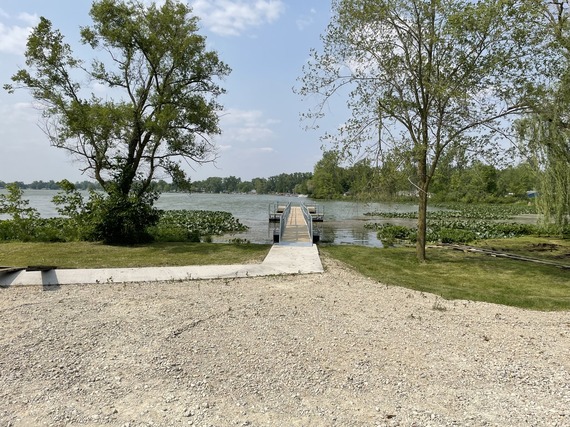
Big Lake Public Access Site receives new accessible fishing pier
The Big Lake Public Access Site, located on West Lakeshore Drive-57 about 8 miles north of Columbia City, is looking bigger and brighter than ever. It has been expanded to include more parking and an accessible fishing pier that features handrails and edge protection all around it, as well as a sloping gangway.
The pier was installed in June. It will help everyone find more fishing opportunities during the warm-season months, as it extends beyond the lily pads that cover a significant portion of the shoreline.
Grab your reels and go fish!
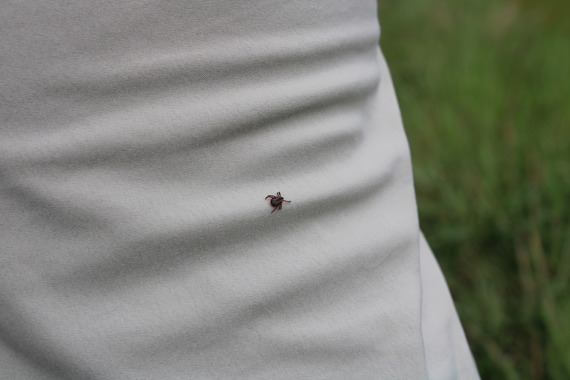
Tips for a tick-free summer
Don’t let ticks get the best of you this summer. Before you head outside, be sure to know the tips and tricks to tick prevention.
- Location: Ticks live in grass, brush, and woods.
- Repellent: Use insect repellent to stay safe from tick exposure.
- Gear: Protect your outdoor clothing and equipment with permethrin.
- Examination: Check your body for ticks once you return from the outdoors. Ticks may be hiding in your hair or within crevices like your armpits or belly button.
To find out more information on treating tick exposure before and after your outdoor trips, check out the CDC’s guidelines.
Recent news releases
Researchers Discover Young Hellbender in Blue River
Walleye and saugeye successfully stocked across Indiana waterways
Reserved hunt applications open
Share your observations of wild turkey hens and their young with DNR |